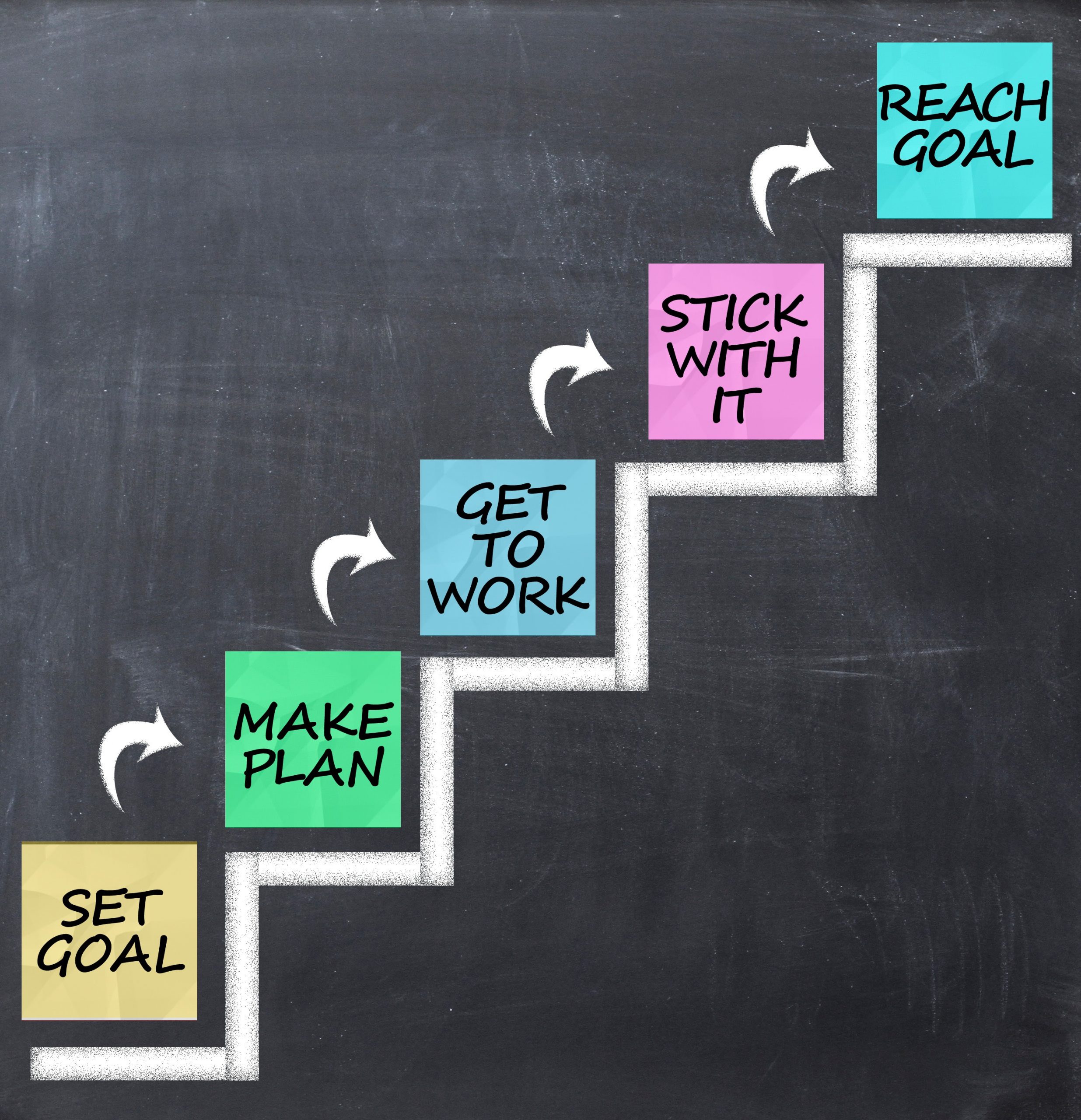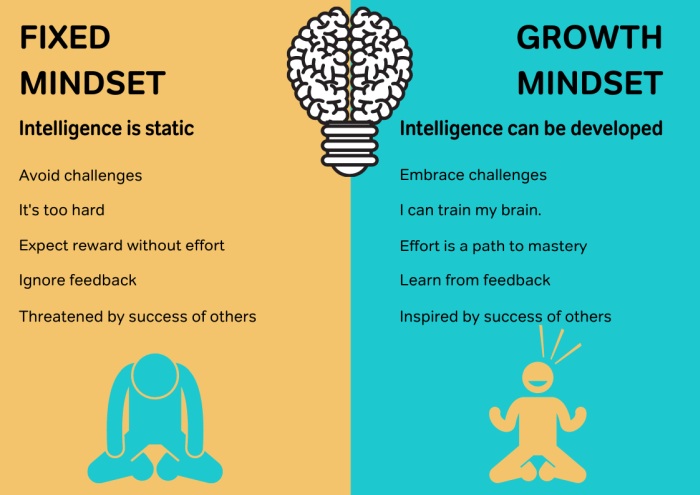The Art of Goal Setting: An Overview
Setting goals is an essential skill for personal and professional development. By establishing clear, well-defined objectives, individuals can harness their potential, overcome obstacles, and ultimately, achieve their dreams. The process of setting goals and achieving them involves careful planning, dedication, and resilience. This article will explore the significance of goal setting and the importance of creating realistic and measurable targets.

Identifying Your Objectives: Specifying Your Aims
A crucial aspect of setting goals and achieving them is the ability to clearly define and specify your objectives. By establishing well-defined targets, individuals can focus their efforts, allocate resources effectively, and increase the likelihood of success. This section will discuss the importance of clearly defining your goals and explore the difference between short-term and long-term objectives and how they can complement each other.
Short-term objectives are goals that can be accomplished within a relatively brief period, typically ranging from a few days to several months. These goals are often stepping stones to achieving long-term objectives and can provide a sense of immediate accomplishment and motivation. For example, if your long-term goal is to run a marathon, short-term objectives might include increasing your weekly mileage, improving your time in shorter races, or incorporating strength training exercises into your routine.
Long-term objectives, on the other hand, are goals that require a more substantial investment of time, effort, and resources. These goals are often more complex and may involve multiple steps or stages. Achieving long-term objectives can bring a sense of satisfaction, fulfillment, and personal growth. For instance, if your long-term goal is to start your own business, you might need to develop a business plan, secure funding, build a customer base, and hire employees.
To effectively set and achieve your objectives, consider the following tips:
- Ensure your goals are specific, measurable, achievable, relevant, and time-bound (SMART).
- Break down long-term objectives into smaller, manageable short-term goals.
- Prioritize your objectives based on their importance and urgency.
- Regularly review and revise your objectives as needed to ensure they remain relevant and aligned with your overall vision.
- Celebrate your achievements, no matter how small, to maintain motivation and momentum.
Breaking Down Barriers: Overcoming Obstacles
When setting goals and achieving them, individuals often encounter various barriers that can hinder progress and dampen motivation. Common obstacles include procrastination, fear of failure, and lack of motivation. This section will address these hurdles and provide strategies to overcome them, fostering a positive mindset and maintaining momentum.
Procrastination
Procrastination is the act of delaying or postponing tasks, often leading to stress, guilt, and decreased productivity. To combat procrastination, consider the following:
- Break tasks into smaller, manageable chunks.
- Create a schedule and allocate specific time slots for each task.
- Eliminate distractions and establish a conducive work environment.
- Implement the “two-minute rule”: if a task takes less than two minutes, do it immediately.
Fear of Failure
Fear of failure can prevent individuals from taking risks and hinder personal growth. To overcome this barrier, consider:
- Reframe failure as a learning opportunity rather than a setback.
- Set realistic expectations and acknowledge that mistakes are part of the learning process.
- Focus on progress and self-improvement instead of perfection.
- Develop a growth mindset.
Lack of Motivation
Motivation can wane over time, making it challenging to maintain momentum. To stay motivated, consider:
- Establish clear, well-defined objectives.
- Celebrate achievements, no matter how small.
- Find an accountability partner or join a support group.
- Visualize success and maintain a positive mindset.

Developing an Action Plan: The ‘How-To’ Guide
Once you have identified your objectives, the next step in setting goals and achieving them is to create a practical action plan. An effective action plan outlines the steps required to reach your goals, ensuring that they are SMART (Specific, Measurable, Achievable, Relevant, Time-bound) and broken down into smaller tasks. This section will discuss the process of developing an action plan, enabling you to maintain focus and momentum.
Defining SMART Goals
SMART goals are more effective than vague or ambiguous objectives. To set SMART goals, consider the following:
- Specific: Clearly define your goals, ensuring they are unambiguous and well-defined.
- Measurable: Include criteria for measuring progress and success.
- Achievable: Ensure your goals are attainable, given your skills, resources, and limitations.
- Relevant: Align your goals with your values, mission, and long-term vision.
- Time-bound: Establish a realistic timeline for achieving your goals.
Breaking Down Goals into Tasks
Large goals can be overwhelming, making it challenging to maintain motivation. Breaking down goals into smaller, manageable tasks can help you:
- Maintain focus and momentum.
- Track progress more effectively.
- Identify potential obstacles and develop strategies to overcome them.
- Celebrate small victories and maintain motivation.
Prioritizing Tasks
Prioritizing tasks is crucial for maximizing productivity and ensuring that you are working on the most important tasks first. Consider using the Eisenhower Matrix, which categorizes tasks into four quadrants based on their urgency and importance:
- Quadrant 1: Important and urgent tasks.
- Quadrant 2: Important but not urgent tasks.
- Quadrant 3: Not important but urgent tasks.
- Quadrant 4: Not important and not urgent tasks.
By focusing on Quadrant 2 tasks, you can proactively address your goals and minimize the number of urgent tasks that arise.

Monitoring Progress: Keeping Track of Your Journey
An essential aspect of setting goals and achieving them is monitoring progress and evaluating performance. Regularly tracking your development helps maintain motivation, identify potential obstacles, and adjust your action plan accordingly. This section will discuss various tools and techniques to monitor progress and maintain momentum towards your objectives.
Setting Milestones
Milestones are significant achievements that mark your progress towards your ultimate goal. By setting milestones, you can:
- Measure your success in smaller, more manageable steps.
- Maintain motivation by celebrating achievements along the way.
- Identify areas where you may need additional support or resources.
Utilizing Technology
Numerous technology-based solutions can help you monitor progress and stay organized. Some popular options include:
- Project management tools: Applications like Asana, Trello, or Basecamp can help you manage tasks, deadlines, and progress.
- Time-tracking apps: Tools like RescueTime or Toggl can provide insights into how you spend your time, helping you optimize productivity.
- Goal-setting apps: Apps like Strides or Habitica can help you set goals, track habits, and maintain motivation.
Implementing Regular Check-ins
Regularly scheduled check-ins can help you:
- Evaluate your progress towards your goals.
- Identify any challenges or obstacles that have arisen.
- Adjust your action plan as needed.
Consider conducting weekly or monthly check-ins, depending on the nature of your goals. During these check-ins, ask yourself:
- What have I accomplished since my last check-in?
- What challenges have I encountered, and how have I addressed them?
- What adjustments do I need to make to my action plan?
Maintaining Motivation
Monitoring progress can help maintain motivation by:
- Highlighting your achievements.
- Reinforcing your commitment to your goals.
- Encouraging you to continue working towards your objectives.
By regularly tracking your progress, you can maintain a positive mindset and stay focused on your goals, increasing the likelihood of success.

Staying Accountable: The Power of Support Systems
Accountability plays a crucial role in setting goals and achieving them. By holding yourself accountable, you reinforce your commitment to your objectives and increase the likelihood of success. This section will explore various ways to stay accountable, including enlisting the help of friends, mentors, support groups, and technology-based solutions.
Enlisting a Friend or Mentor
Sharing your goals with a trusted friend or mentor can help you:
- Verbalize your commitment to your objectives.
- Gain valuable feedback and insights.
- Receive encouragement and support throughout your journey.
When selecting a friend or mentor, consider someone who:
- Is genuinely interested in your success.
- Can provide constructive feedback.
- Will hold you accountable for your actions and progress.
Joining a Support Group
Support groups offer a community of like-minded individuals who share similar goals and challenges. By joining a support group, you can:
- Learn from others’ experiences and insights.
- Gain motivation and encouragement from group members.
- Develop a sense of camaraderie and shared purpose.
Consider searching for support groups related to your specific goals, such as fitness, career development, or personal finance. Many groups meet in person, while others offer virtual meetings or online forums.
Using Technology-Based Solutions
Various technology-based solutions can help you stay accountable, such as:
- Goal-setting apps: Apps like Habitica or Coach.me can help you set goals, track progress, and connect with a community of users for support and motivation.
- Productivity tools: Applications like Focusmate or Forest can help you maintain focus and accountability during work sessions by connecting you with other users working towards their goals.
Maintaining Accountability
Regardless of the approach you choose, remember to:
- Regularly communicate your progress and challenges.
- Be honest and transparent about your efforts and results.
- Remain open to feedback and constructive criticism.
By fostering a strong sense of accountability, you can maintain motivation, overcome obstacles, and ultimately achieve your goals.

Embracing Growth Mindset: Learning from Setbacks
Setbacks and failures are inevitable when working towards any goal. However, these challenges can be transformed into valuable learning experiences by adopting a growth mindset. This concept, coined by psychologist Carol Dweck, emphasizes the importance of viewing obstacles as opportunities for growth and self-improvement, rather than as insurmountable barriers.
Understanding Growth Mindset
Individuals with a growth mindset believe that:
- Abilities and intelligence can be developed through dedication and effort.
- Challenges are opportunities to learn and grow.
- Constructive criticism and feedback are essential for personal development.
By contrast, those with a fixed mindset believe that:
- Qualities and abilities are innate and cannot be changed.
- Challenges should be avoided to prevent failure and embarrassment.
- Criticism and feedback are personal attacks.
Benefits of a Growth Mindset
Adopting a growth mindset can lead to:
- Increased resilience: By viewing setbacks as temporary and surmountable, individuals are more likely to bounce back from adversity and maintain motivation.
- Improved learning: A growth mindset encourages individuals to embrace challenges and seek out new experiences, fostering a lifelong love of learning and personal development.
- Enhanced creativity: By viewing mistakes as opportunities for growth, individuals are more likely to think outside the box and develop innovative solutions.
Cultivating a Growth Mindset
To develop a growth mindset, consider:
- Reframing challenges as opportunities for growth.
- Embracing constructive criticism and feedback as valuable learning tools.
- Celebrating progress and effort, rather than solely focusing on outcomes.
- Surrounding yourself with supportive individuals who share your growth mindset.
By fostering a growth mindset, you can overcome setbacks, learn from failures, and ultimately set goals and achieve them with greater ease and confidence.

Celebrating Success: Rewarding Achievements
Setting goals and achieving them is a rewarding experience that fosters personal and professional growth. However, it’s equally important to acknowledge and celebrate achievements along the way. Recognizing milestones and accomplishments, no matter how small, can help maintain motivation, reinforce positive behaviors, and foster a sense of pride and satisfaction. This, in turn, contributes to long-term success and the pursuit of new goals.
The Power of Rewards
Incorporating rewards into your goal-setting process can serve as a powerful motivational tool. Rewards can:
- Reinforce positive behaviors: By associating a reward with a specific behavior or achievement, you strengthen the likelihood of repeating that behavior in the future.
- Boost motivation: Anticipating a reward can help maintain focus and drive, particularly during challenging times or when progress seems slow.
- Promote self-care: Rewards can serve as a reminder to prioritize self-care and balance, ensuring that you don’t neglect your physical, emotional, or mental well-being in the pursuit of your goals.
Designing an Effective Reward System
To create a reward system that supports your goal-setting journey:
- Make rewards meaningful: Choose rewards that genuinely resonate with you and hold personal significance. Avoid relying solely on material rewards, as experiences and non-tangible rewards can be equally fulfilling.
- Set achievable milestones: Break down your goals into smaller, manageable milestones, and assign rewards to each one. This will help maintain motivation and provide a sense of accomplishment as you progress.
- Balance short-term and long-term rewards: Ensure that your reward system includes both immediate and delayed gratification. This will help maintain motivation and focus during extended goal-setting journeys.
- Incorporate self-care: Consider rewards that promote self-care, relaxation, and personal growth, such as a spa day, a hobby class, or a weekend getaway.
By celebrating success and incorporating rewards into your goal-setting process, you’ll be better equipped to set goals and achieve them, fostering a sense of accomplishment and personal fulfillment.

